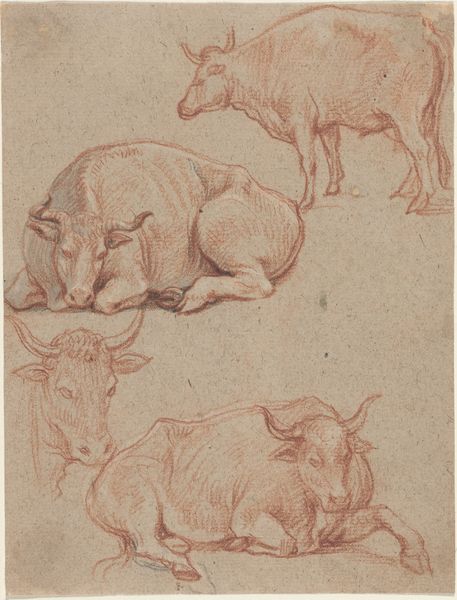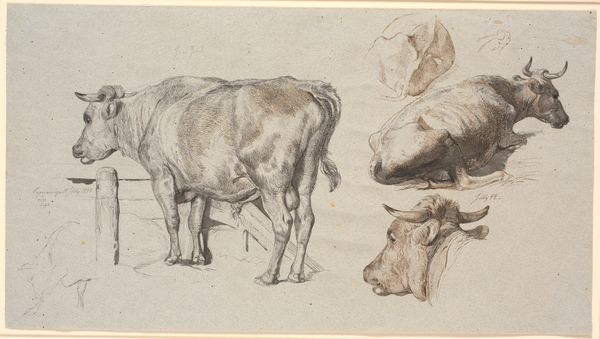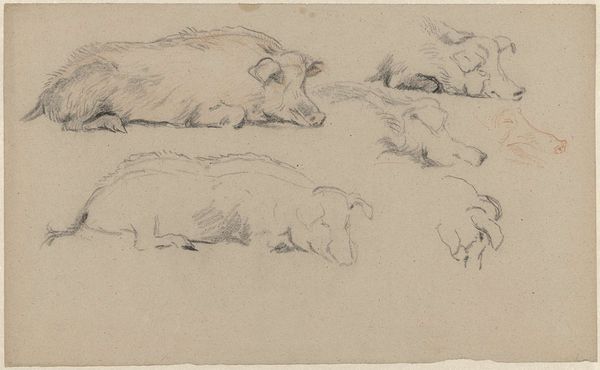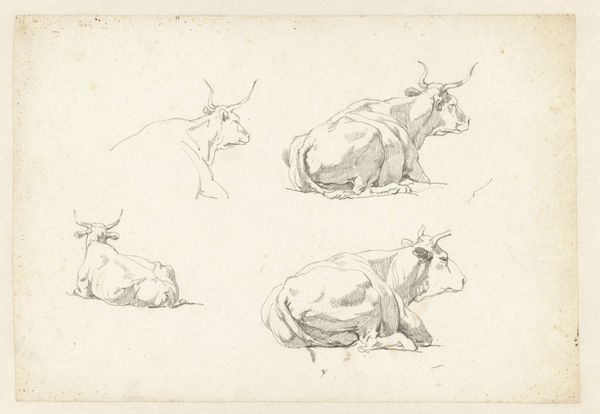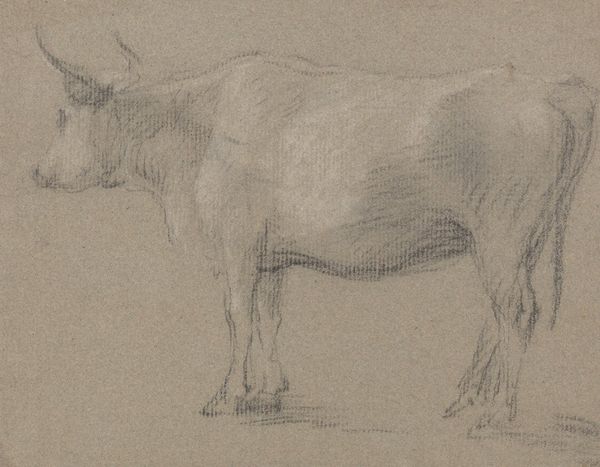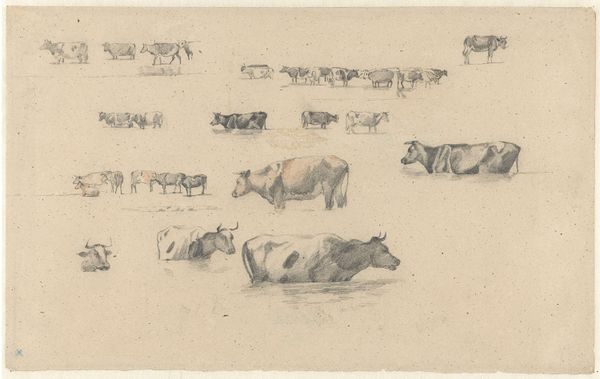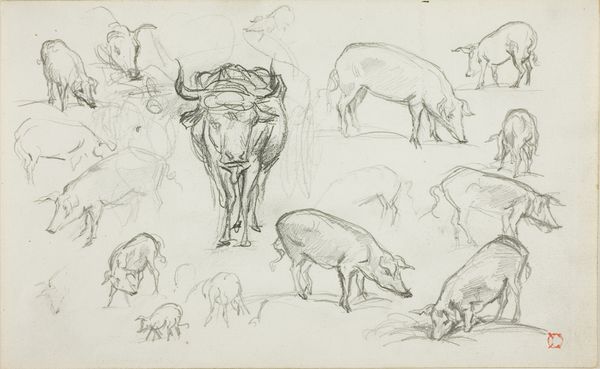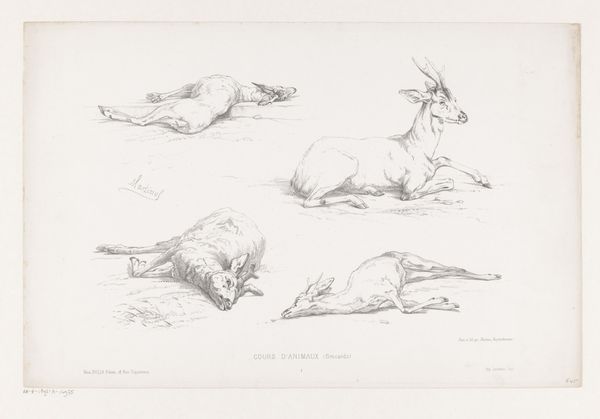
Studies van een paardenkadaver en een dode opgehangen hond 1814 - 1860
0:00
0:00
drawing, pencil
#
pencil drawn
#
drawing
#
pencil sketch
#
dog
#
charcoal drawing
#
figuration
#
pencil drawing
#
pencil
#
academic-art
#
realism
Dimensions: height 258 mm, width 338 mm
Copyright: Rijks Museum: Open Domain
Auguste Raffet made this drawing, Studies of a Horse Carcass and a Dead Dog Hanging, with graphite, pen, and brush in the first half of the 19th century. Raffet’s striking study reflects a fascination with representing the animal body that was prevalent during this period. During the early 1800s, France was still recovering from the Revolution. Social and political upheaval led to artists questioning traditional values and experimenting with new subjects. This work could be viewed as a metaphor for the post-revolutionary period. The dead animals might symbolize the destruction and loss of life that occurred during the Revolution and Napoleonic wars. It presents the viewer with a stark and brutal image of death, stripped of any romanticism. To fully appreciate Raffet's drawing, art historians might consult military records and the artist's biography. By examining the social, political, and institutional context, we can gain a deeper understanding of its meaning and significance.
Comments
No comments
Be the first to comment and join the conversation on the ultimate creative platform.

